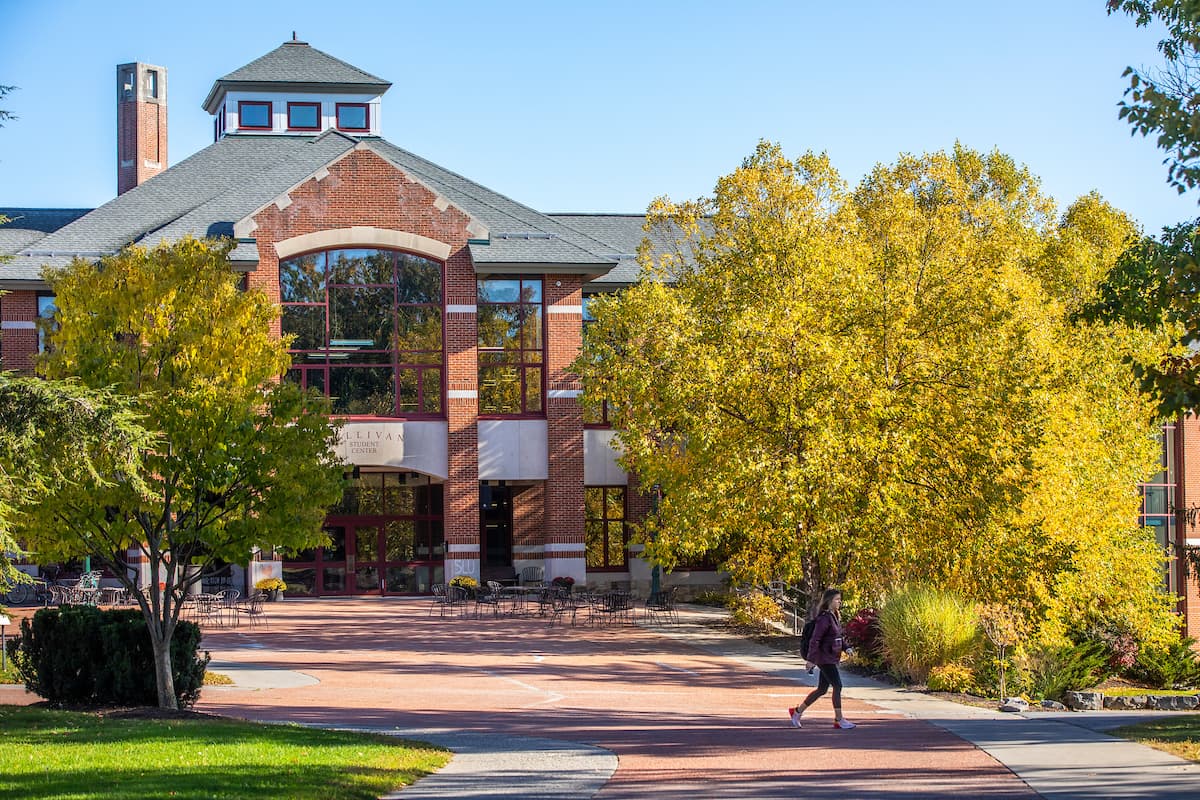As we approach our third week of classes, the routine of school settles in and our minds have become occupied with classes, work and friends. While routine is a good thing, I would like to suggest that everyone add something to their schedule. Break your routine just for little while and take a walk to the Richard F. Brush Art Gallery.
Many students taking classes in Griffiths are so used to walking right through the gallery, but do not realize what a special little gallery we have. There has not been one show in my three years here that I have not wanted to write about. This year is no different.
Last night, I had the honor of introducing the artist of the “Through the Narrows: Meditations on an Adirondack River” exhibition showing here at the Brush Gallery. Kristin V. Rehder calls the eastern branch of the Oswegatchie River in the Adirondacks her home. She knows every turn and bend but, until she photographed this area, she didn’t truly understand it.
One of her most interesting ideas behind the project was her reason for choosing a black-and-white medium. She says that when photographing with a digital color camera, you search for color. Rehder decided against searching for color and instead decided to capture light using a black-and-white film camera. She took all her photographs using an old Rolleiflex twin lens reflex camera made in 1945 that she bought second hand. All of her shots were taken either from her kayak or on the water’s edge.
During her talk, Rehder showed her audience a shot she took with two different cameras. One was taken in color. The other was taken in black-and-white. The difference was moving. The color shot looked saturated with light, like the kind of photo you delete after you come back from vacation. The black-and-white photo felt like looking into someone else’s dream.
Rehder wanted to create something that would connect her with her own sense of place and inspire others to examine their own sense of place.
To do this, Rehder needed to fully understand the place she lived in. Not only did she examine her home through the lens of a camera, but ecologically as well. She learned about the environmental concerns of her homeland as well as the other people who shared it. These photos are her way of looking at the simple things around her and committing to preserving them.
Many of us here at SLU have strong connections with the Adirondack Park. For this reason alone, I encourage everyone to stop in to the gallery and take time to examine Rehder’s works. You may find some familiar scenes. Even if you have never set foot in the Adirondack Park, I still recommend taking time to see this exhibit. It is rare to see a display of such an intimate and committed connection with a place.
In Rehder’s words, “‘Through the Narrows’ is an invitation – to see, to reflect, to act.” Her passion for preserving and understanding the natural world she lives in is translated through her images in ways words cannot express. This is wonderful opportunity for all of us to take time and reflect before being swept away by our busy schedules.



